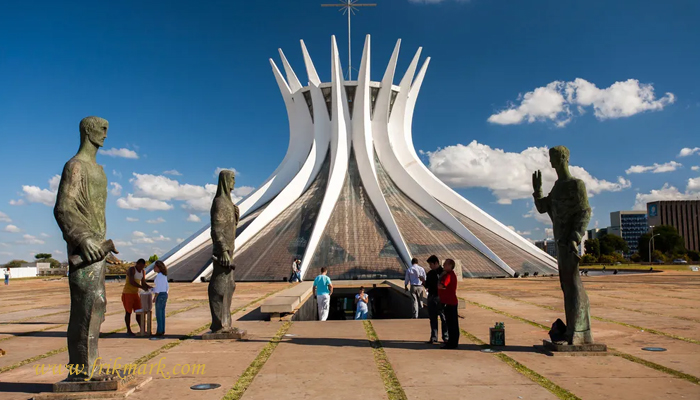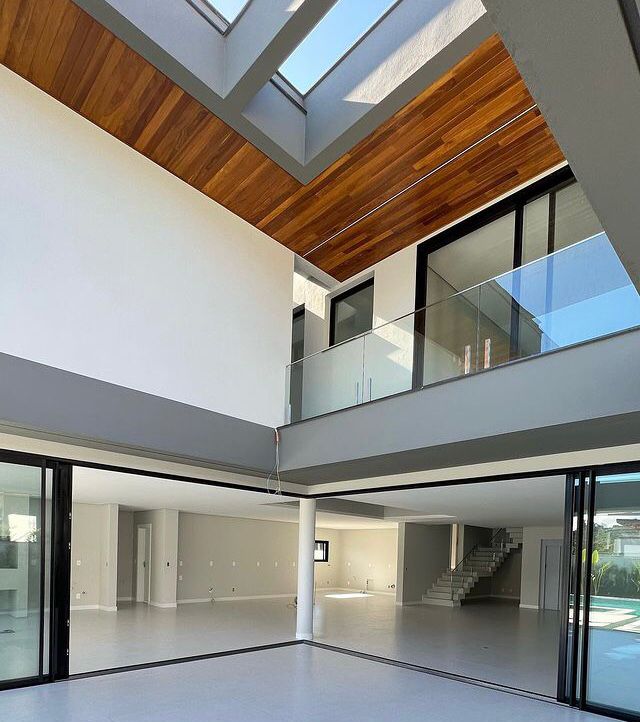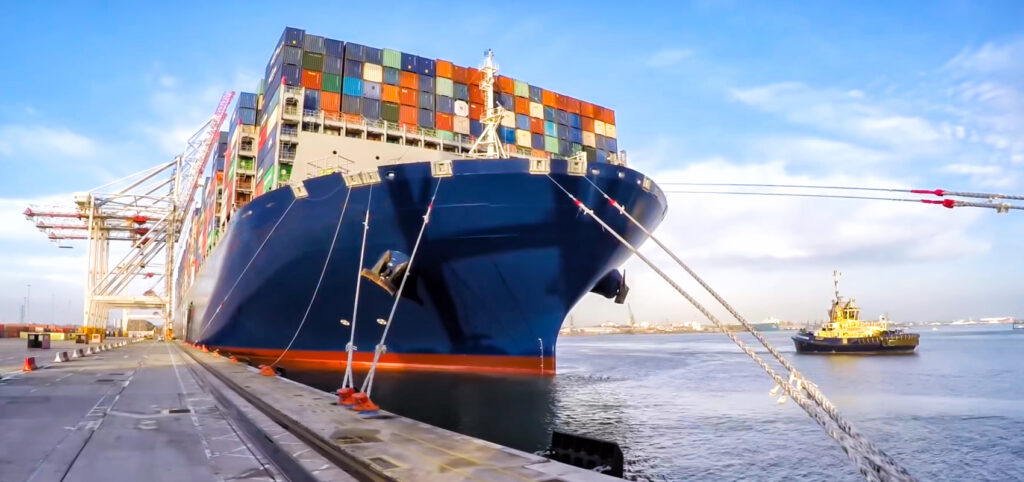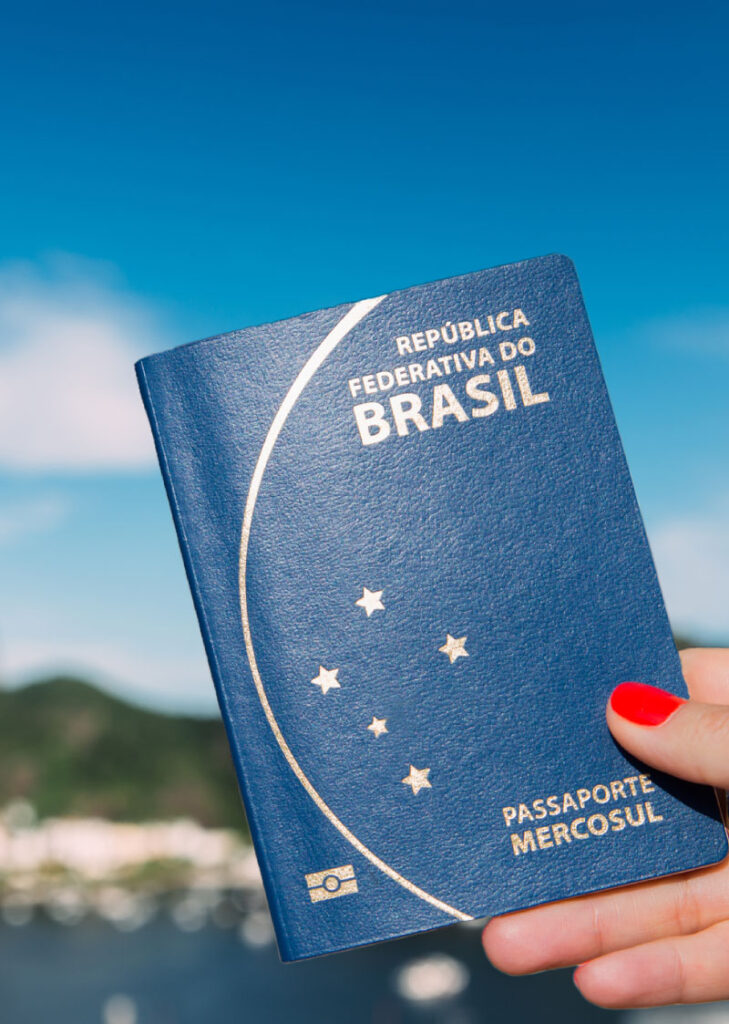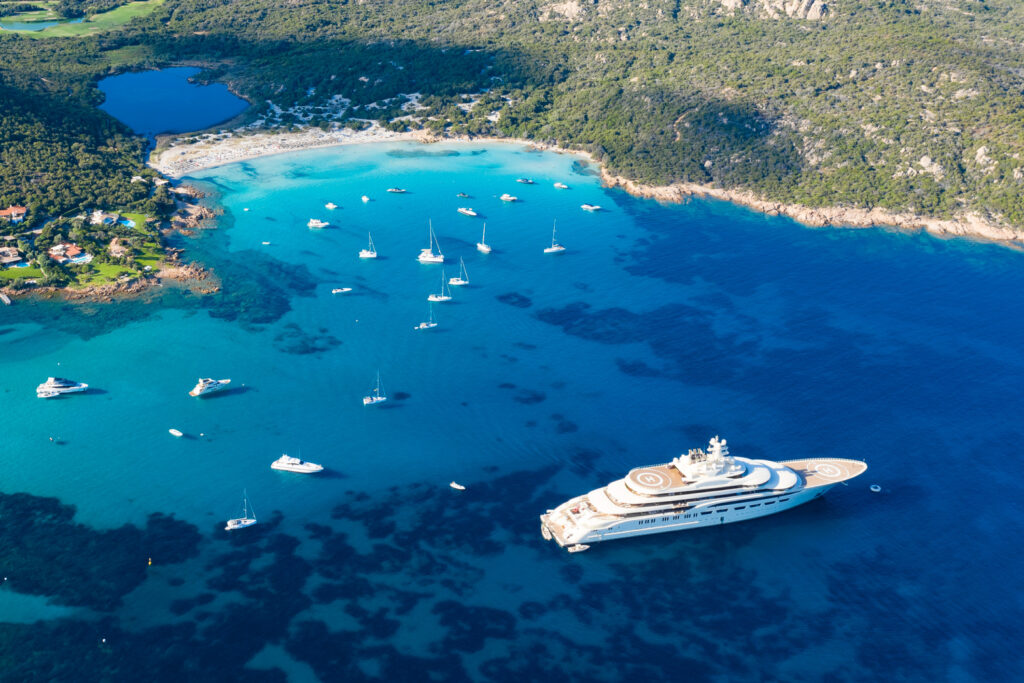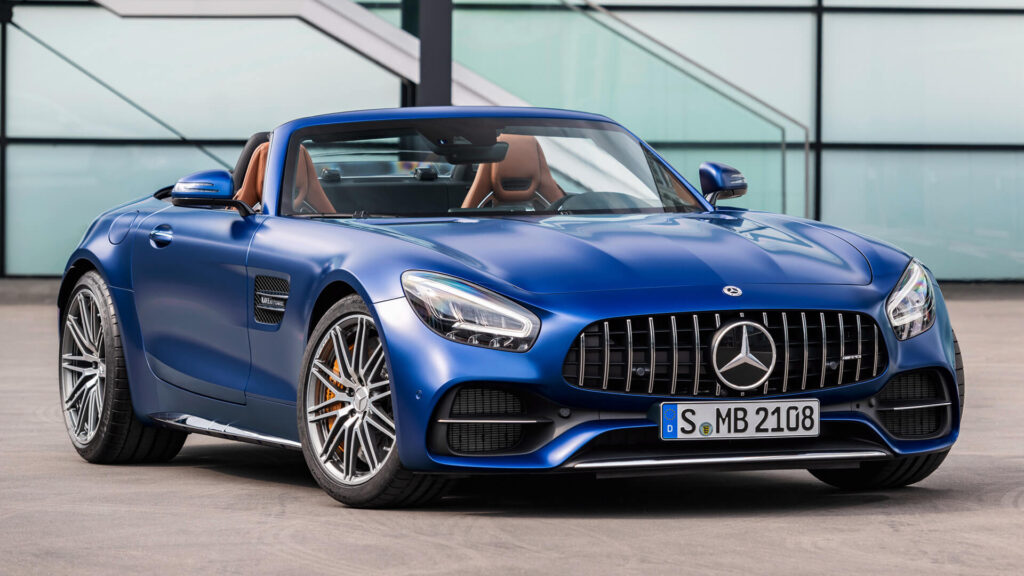Brazil is the fifth most populous country on Earth, home to a third of Latin America’s population. Most of Brazil’s residents are concentrated along its east coast, although its capital, Brasília , is located inland and a growing number of immigrants are moving inland. Rio de Janeiro remains the preeminent symbol of Brazil for many around the world. The country’s growing cities, vast hydroelectric and industrial complexes, mines, and fertile farmland have made it one of the world’s major economies. However, Brazil struggles with severe social inequalities, environmental degradation, recurring financial crises, and a political system that is sometimes deadlocked.
The Portuguese language is universal except among the indigenous Indians of Brazil, especially those in remote areas of the Amazon basin.
What is the name of the capital of Brazil?
The capital of Brazil is currently Brasília. Brasília is the federal capital of Brazil. It is located in the Federal District (Distrito Federal) in the state of Goiás, in the central plateau of Brazil.
History of the capital of Brazil:
Brazil has had three capitals. One of the oldest cities in the country, Salvador was founded in 1549 as the capital of the Portuguese colony of Brazil by Tomé de Sousa, the first governor-general. Rio de Janeiro was the capital from 1763 to 1960, and the current capital of Brazil, since its construction in 1960, is Brasília.
1- The first capital of Brazil: Salvador – Getting to know the coastal city of Salvador, Brazil:
Salvador is one of the port cities of Brazil and the capital of the state of Bahia. It is considered the largest city in northeastern Brazil. It is good to know that Salvador was the first capital of the Portuguese during their colonization and for three centuries was one of the main centers of the African slave trade in the whole world. The city was founded in 1549 and was the capital of Brazil until 1763.
Most of the people of this beautiful city are of African descent, and African culture has had a great influence on the culture of the people, including the celebrations and local cuisine of Salvador. This city is one of the most touristic cities in Brazil, and thousands of tourists from all over the world come to visit it every year. It also houses many of the most important tourist attractions in Brazil. This beautiful city is located next to the beautiful Atlantic Ocean, and water and beach entertainment are always available there.
As mentioned, the city of Salvador was once the capital of Brazil and is one of the first areas where European immigrants settled. In this regard, it has many cultural differences from other Brazilian cities. Since there are many Africans in this city, Salvador is also known as the capital of Africans in Brazil. It is good to know that this beautiful city is the richest city in northeastern Brazil and, like other regions of Brazil, we see many carnivals and festivals on its streets throughout the year. Salvador is also considered one of the oldest cities in Brazil and is one of the happiest cities in the world. In order to beautify the appearance of the city with the aim of attracting more tourists, the municipality of Salvador has beautifully painted the walls and doors of the city, but this city is a symbol of Bahia’s independence and its people do not want Salvador to lose its true face.
The 2014 World Cup was held in Brazil, and it is interesting to know that the draw for this cup was held in this city. Salvador literally means savior, and it used to be a holy city for Brazilians, and today it has become a center for Brazilian festivals and happy carnivals.
Three things are very prominent and important in Salvador: food, music, and architecture. As mentioned, the city of Salvador is located on the Atlantic coast and is one of Brazil’s important export ports, with its main economy based on agriculture and industry. This city, which had a strategic location in the past, was of great importance in the colonial battles between Portugal and the Netherlands. However, after Rio de Janeiro was chosen as the capital of Brazil, Salvador’s importance decreased slightly.
Salvador Tourist Attractions Where is the first capital of Brazil?
Pelourinho | Pelourinho
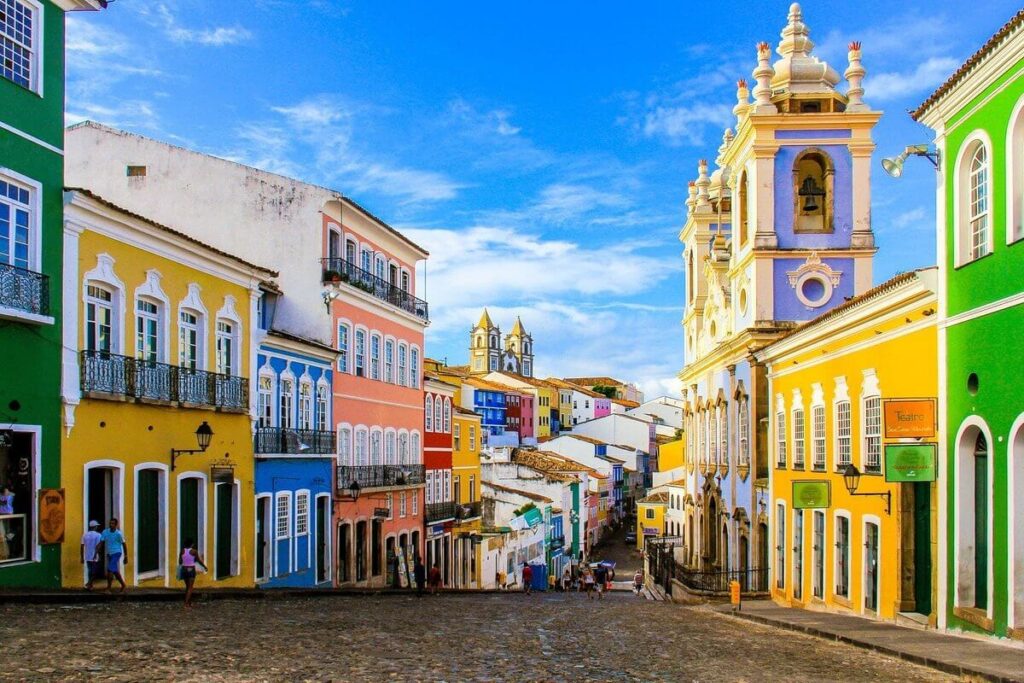
As we said, in the past, Salvador was the capital of Brazil, and there is an area in this city called Plurinho, which has a neighborhood called Cidade Alta, meaning upper city, where rich people lived and where government offices were also located. In the 17th and 18th centuries, the most magnificent buildings in Latin America were established in this neighborhood, and today it has become one of the best tourist attractions in Salvador and has been registered as a UNESCO World Heritage Site. If you go to Plurinho, visit the City Museum and the Abelardo Rodriguez Museum, where traditional arts of the people are exhibited.
Church of Sao Francisco

One of the reasons why Salvador is famous is its beautiful churches, and its most beautiful church is São Francisco, which has a very charming appearance and the wood inside is decorated with gold. Of course, this church was destroyed and demolished during Dutch attacks in the early 17th century, but after its reconstruction and restoration, it became one of the most popular attractions in Salvador and Brazil.
Elevator to the top of Salvador | Elevador Lacerda
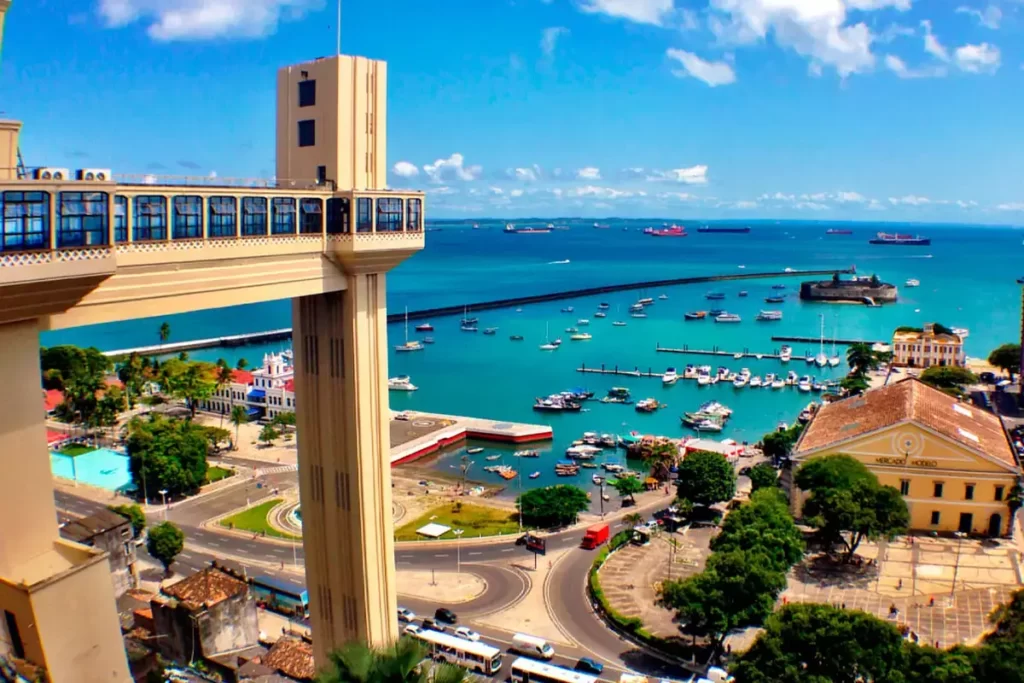
The upper and lower parts of Salvador are connected by several lifts, which are considered attractions in themselves. The Plano Inclinado de Gonçalves, a cable car, is the most famous of them, taking people to the top of the city and has become one of the symbols of the city today. This lift was built in 1930. To visit the historic part of the city, you can use the Art Deco lift that connects the Praça Cairu port to Praça Tomé de Souza. There is a beautiful terrace at the top of the Praça Tomé de Souza palace that offers visitors a beautiful view of the city and the port. In this area, there are buildings from the 17th century, one of which is the Palace of the Ambassador of Rio Branco, which attracts many tourists to this area. Other tourist attractions in Salvador include the city’s cathedral and beautiful beaches. The beaches of Salvador are among the best examples of tourist attractions in this city, and most tourists spend their time on these beaches and with various entertainments. They spend time on the coast and at sea.
Weather in Salvador, Brazil
The city of Salvador is located near the equator and therefore has a hot and humid climate. The humidity and rainfall in this city are very high, and torrential rains often occur. The hottest month of the year in Salvador is June, but the temperature in this city does not go above 35 degrees Celsius and does not fall below 25 degrees. Note that the humidity in Salvador is 80 percent. Traveling to this city is possible at any time because the city’s climate does not change much and it experiences almost the same type of weather throughout the year. When traveling to Salvador, you should definitely bring an umbrella because there is a possibility of heavy rain at any time.
2- The second former capital of Brazil: Getting to know Rio de Janeiro
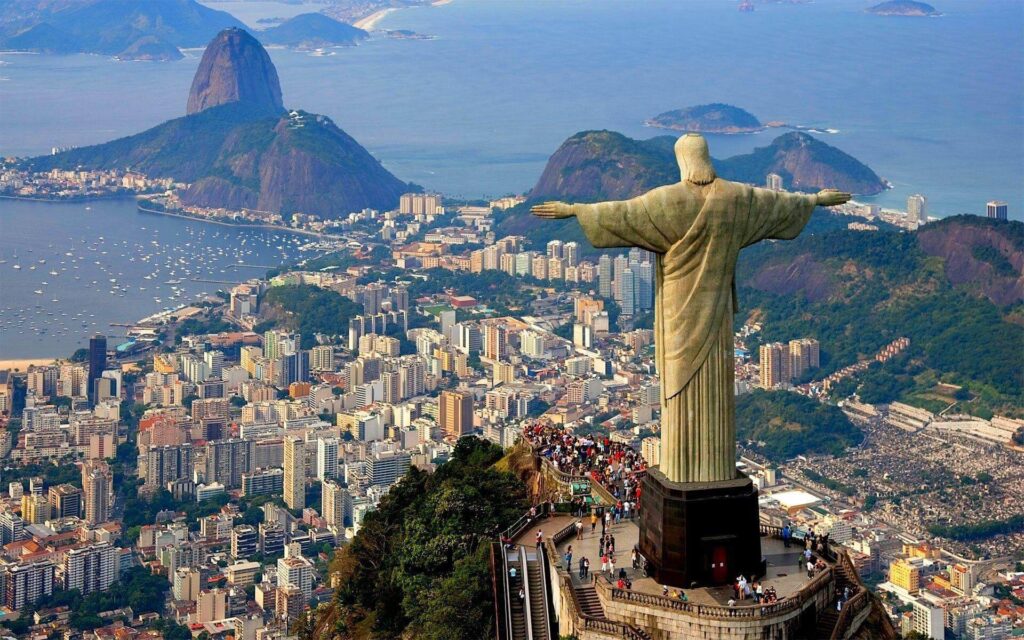
Rio is the second largest city in Brazil and the capital of the state of Rio in this country and also the sixth largest city in the United States. Rio and the country of Brazil are located in the southern hemisphere and near the equator, and as a result, they have a tropical and equatorial climate, and therefore have diverse vegetation and a lush landscape, and have many fans. Rio de Janeiro, also known as Rio for short, is the second largest city in Brazil and the third largest urban area in South America. It is important to know that the city of Rio is currently hosting one of the largest sporting events in the world, the Olympic Games, and you will learn more interesting facts about this beautiful and spectacular city.
Interestingly, the city is named after a river that does not actually exist, and when Portuguese explorers arrived in what is now Rio in 1502, they mistook the bay for the mouth of a river, and as a result, they named the area Rio de Janeiro, meaning River of January, a name that was originally completely incorrect; in Rio, street art is considered completely legal, and the city of Rio has become a huge canvas for street art enthusiasts and artists from around the world and tourists to Brazil.
Because in this city, street painting or graffiti is completely free and artists will be able to paint with complete freedom and of course with the necessary permits and increase the number of decorative paintings in the city; In 1995, this city hosted the largest concert in the world and Rod Stewart went on stage for about 3.5 million people on Copacabana Beach and put this important title in his record; Even the famous rock band Rolling Stones could not achieve such an important and unbelievable record, this group went on stage for one and a half million people in the same place in 2006.
The 2016 Olympics were the first Olympics to be held in South America, and of course, this hosting was also met with controversy, with many citizens believing that, despite the large number of poor citizens, holding the games and spending more than $7.5 billion to host these competitions is not the right thing to do, and that the people of this country deserve these expenses.
Location and population of Rio de Janeiro , the second capital of Brazil
Rio de Janeiro is located in the southeast of Brazil and is the largest city in Brazil after São Paulo and was the capital of the country until 1960. Rio can be divided into three main areas: the central and historic core on the east side of the Serra da Carioca mountain range, which is a small east-west coastal mountain range; the northern area, which is located northwest of the central core; and the southern area, which is located south and southwest of the central core. The Serra da Carioca mountain range forms the natural center between the northern and southern areas of the city.
The city of Rio, with an area of 1,170 km2 and a population of 5.6 million, and the Rio Metropolitan Area, with an area of 6,500 km2 and a population of 11.5 million, includes 13 other cities. The city of Rio is connected to the suburban cities east of the bay by a 14 km long highway bridge over Guanabara Bay.
Weather in Rio de Janeiro , the second capital of Brazil
In general, the weather conditions in the southern part of Brazil are quite moderate, and the average daily temperature varies only between 21.5°C and 26.6°C throughout the year, which means that you will not experience very cold or hot weather when traveling to this city; Also, note that the cold and hot seasons in the southern hemisphere are the opposite of the northern hemisphere, and note that if you are planning to travel to Rio de Janeiro in the summer, it is important to know that you will encounter cool autumn and winter weather, and if you travel to Rio in the fall and winter, you will experience the appropriate weather and warmth of the mild and excellent summer weather; Rainfall during the warm seasons of Rio (winter and autumn for us) is much more than the cold seasons, but in any case, you should know that you will see a significant amount of rainfall here throughout the year; Finally, note that before traveling, be sure to carefully check the microclimate of the destination and bring the appropriate clothing and clothing according to its type.
Tourist attractions in Rio de Janeiro , the second capital of Brazil
Lagoa Neighorhood
Not only is Lagoa a unique neighborhood in the affluent Zona do Sol, it is also the third most expensive neighborhood in all of South America. It is also home to a large lagoon known as Lagoa Rodrigo de Freitas. The four-mile path around the lagoon is a favorite among cyclists. Outdoor cafes and restaurants along the shore offer stunning views of the lagoon and the beach.
Maracana Stadium
Football is one of the most important sports in Brazil, and the Maracana Stadium is one of the main landmarks in Rio. The stadium was inaugurated in 1950 when it was the largest football stadium in the world, capable of holding 200,000 people. In modern times, the stadium’s capacity has been reduced for safety reasons and to provide seating for all fans. The stadium was partially renovated in preparation for the 2014 World Cup, and currently has a capacity of 80,000 spectators, making it the largest stadium in South America.
Tijuca National Park
Tijuca National Park is one of the largest urban forests in the world, covering a large area of mostly mountainous landscape. Tourists can climb Pico da Tijuca, Rio’s highest point, and enjoy sweeping views of Guanabara Bay and the city. The park was almost completely destroyed in the early 1800s by encroaching coffee plantations, and in the second half of the century many more trees, nearly nine million, were planted. Attractions include the Meyrinque Chapel, which features murals by Cândido Portenari, a famous Brazilian neo-realist painter.
Lapa Neighborhood
Lapa is located in the central part of Rio, and was once the red light district of Brazil. Today, it is known for its vibrant nightlife. The city is full of cafes with music and dancing that take to the streets on weekend nights. The architecture of the neighborhood dates back to the 1800s, which reflects the beautiful landscape. It is a great place to meet friends and Rio citizens sample the local cuisine, making the national cocktail with sugar cane, strong liquor and lime. Escaderia Celarón is a famous set of stairs connecting both Lapa and Santa Teresa neighborhoods.
Santa Teresa Neighborhood
Located on a hill overlooking the city’s harbor, Santa Teresa invites visitors to a time when Rio’s 19th-century agricultural experience was at its best, with palaces and cobblestone streets. The area was evading development until 1896, when an aqueduct was built to connect the neighborhood to the city. The area was a haven for artists, musicians and writers in the 20th century, and although trendy complexes and boutiques have sprung up in the neighborhood, it is still a favorite haunt for artists. The Santa Teresa Trolley used to be a popular tourist attraction in Rio de Janeiro, but was closed after a serious accident.
Rio de Janeiro, Brazil
Jardim Botanico
The Jardim Botanico is located west of the Lagoa neighborhood and is home to 8,000 plant species. The garden was built in the early 1800s and features many mature specimens, including avenues of mighty palm trees. Tourists flock to the park to see the 600 species of orchids. The garden includes a number of monuments, fountains, and other features, such as a Japanese garden, a pond filled with water lilies, and an environmental museum that focuses on the environment.
Rio de Janeiro, Brazil
Parque Lage
is a beautiful and impressive public park located 1 km from Rio’s Botanical Garden. The garden is designed in the English style and features small lakes and a large mansion. Today, the mansion is used as a school of visual arts and hosts free art exhibitions and occasional performances.
The park’s café is a quiet and cozy place where you can enjoy a coffee and a snack. The park is surrounded by the Atlas rainforest, so you will sometimes see monkeys or toucans. Since Parque Lage is located near the Corcovado Mountains, many choose this park as the starting point for their trekking.
Rio de Janeiro, Brazil
Quinta da Boa Vista Park
Quinta da Boa Vista is a famous public park in Rio de Janeiro with historical significance. In the 19th century, the park was part of the gardens of the Palace of São Cristóbal, the Emperor of Brazil. Quinta da Boa Vista Park has its own museum and zoo and is of general architectural and cultural interest. Today, the old palace building has been converted into a kind of national museum, which houses a collection of natural history, anthropology and archaeology.
Rio de Janeiro, Brazil
Sugarloaf Mountain
is a rocky, sugarloaf mountain in Brazil, northeast of Copacabana Beach in Rio de Janeiro. It rises 400 meters (1,300 feet) above the mouth of Guanabara Bay and is made of quartz and granite. Tourists can reach the top by electric car through a glass wall. The electric car leaves every twenty minutes from the foot of Babel Hill and climbs to the top of Maro da Urca Hill.
Rio de Janeiro, Brazil
Ipanema
This beach was made famous in the 1960s bossa nova song “Girl from Ipanema,” and remains one of Rio’s most popular tourist spots. Ipanema has been consistently voted “the best beach in the world” for years. The beach is bordered by an organized network of shops, bars, and restaurants, as well as a collection of art galleries, theaters, and clubs. Ipanema is located between Copacabana and Leblon beaches, in the upscale southern area. The post office has divided the beach into several sections, and different groups of people tend to congregate in each section. Families tend to be in the sections between post 11 and 12, while the area near post 9 is dedicated to sunbathers and freelance artists.
Rio de Janeiro, Brazil
Public Park | Passeio Público
Public Park or Passeio Público is the oldest park in Rio, built in 1783 by the famous Brazilian sculptor Voluntari. The Passeio Público is located in the historic center of the city and is also one of the oldest parks in the Americas. In this park, you will encounter tall trees and a small pond with a crocodile-shaped water feature will catch your eye. The entrance gate to the park was also built by Voluntari. Before the construction of the Parque do Flamengo neighborhood, the sea reached close to this park.
Copacabana
Copacabana is separated from Ipanema to the west by Arpoador, a popular beach for surfers. Rio locals always seem to be having a game of soccer or volleyball, and vendors loudly sell drinks and snacks from stalls along the shore. Copacabana Castle, a military base and a wartime museum, is open to the public at the end of the beach. Along the beach and in front of the castle, fishermen sell their morning catch. Tourists and Rio locals alike love to stroll along the promenade, which borders 4 kilometers of long beach. Copacabana was originally built in the 1930s and has a wave-like design on black and white rocks. The inland promenade is compact, with high-rise hotels and apartments.
Christ the Redeemer
The Christ the Redeemer statue stands 710 meters high on the summit of Corcovado. Construction began in 1922 during the height of the Art Deco movement, and the concrete and stone statue is considered the largest sculpture ever designed in the world. Most visitors take the vertical train to reach the base of the statue. At one time, tourists had to climb hundreds of steps to reach the monument. Today, elevators and escalators are available to shorten the walk.
3- The third capital of Brazil: Getting to know the city of Brasilia (Brasília)
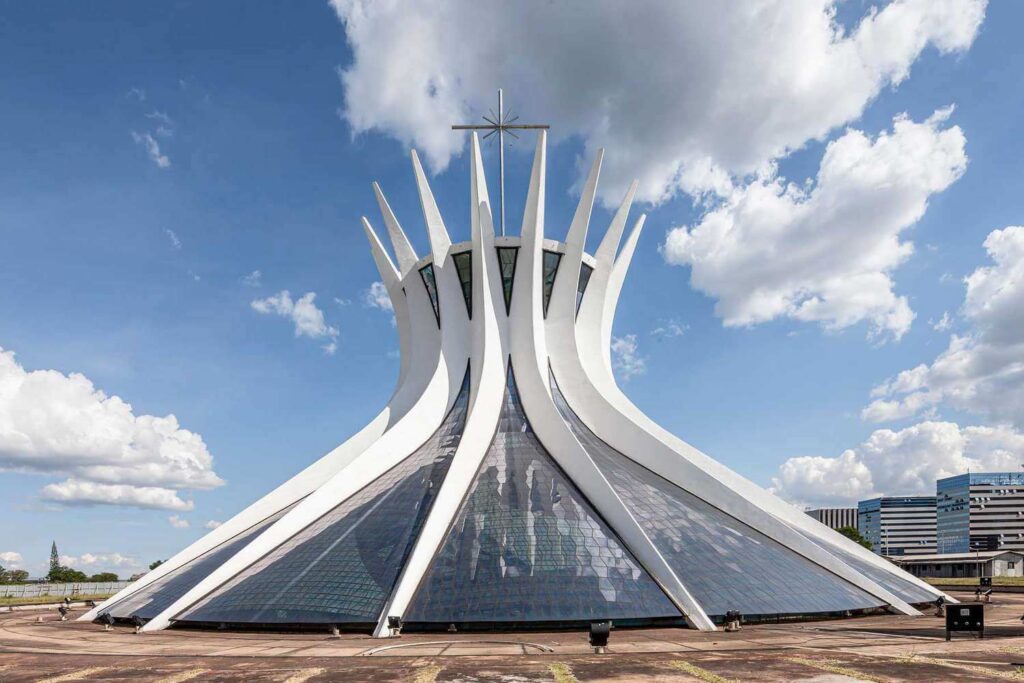
Brasilia is the capital of Brazil. It was designated as the new capital of Brazil in 1960 and was planned and developed in 1956 by Lucio Costa and Oscar Niemeyer with the slogan “Fifty years of progress in five years”. Later, the capital was transferred from Rio de Janeiro to Brasilia due to its central location. The city has been listed as a UNESCO World Heritage Site due to its outstanding architectural and historical features.
According to legend, an Italian priest named Giovanni Melchior Boyco had a dream of a future city with a location similar to Brasília. Today, Brasília is home to many references to the saint who founded the Cilician Order, and one of its main churches bears his name. Although the city has been around for fifty years, it is still developing. Some believe that this utopian city has failed because humans have been left out of its modernist and rational development plan, but Brazilians are proud of their capital and love it.
One of the places that is included in the UNESCO World Heritage List and also exhibits an astonishing example of urban development is the progressive capital of Brazil, the city of Brasília, which contains a valuable treasure trove of architectural wonders.
Brasilia is described as a giant airplane, with the National Stadium located on the northern wing of the plane, adjacent to the city’s upscale and luxurious district, while the southern wing, Plano Piloto, is the old town or historic center. The street that divides the city into north and south runs right through the fuselage of the plane, where many of its buildings were designed by the famous and prominent architect Oscar Niemeyer.
Among them are the spectacular Cathedral of Brasilia, which stands out with its unusual hyperbolic structure, as well as the Itamaraty Palace, the Brazilian National Congress, the Cultural Complex of the Republic, the Praca dos Tres Poderes or “Palace of the Three Powers” which refers to the three branches of government: the executive, the judiciary and the legislative (Praca dos Tres Poderes), and the Palacio do Planalto, which is the office of the President of Brazil. Hotels can be found in two complexes, the North and the South, both located approximately 6 km from the stadium.
What are the attractions of Brasilia, the capital of Brazil?
One of the attractions of this city is the cathedral, which uses six columns in its architecture, and it is imagined that this building is stretching its two hands towards the sky in prayer.
Brasilia Cathedral,
Estadio Nacional Mane Garrincha: This stadium has been completely renovated and has 70,000 seats for spectators and has hosted seven matches of the World Cup series.
Palacio do Planalto (the official workplace of the president), the Federal Supreme Court building, Lake Paraná, Itiquiere Falls, the João Sileno Kubicki Bridge, the Nelson Nelson Indoor Stadium, the Republic Cultural Complex, the Mano Mental Axis (the main street in the urban design of Brasilia), the Palacio da Alvorada (the official residence of the President of Brazil), the Palacio do Inamaraty (the building of the Brazilian Ministry of Foreign Affairs), the Brasilia National Park, the Dom Bosco Church (made of blue glass), the Brasilia City Park, Paco Azul, the Alejos de Agua Park, and more are among the other attractions of the city.
There are many festivals held in the city throughout the year, but the most famous is Carnival, which takes place about a month and a half before Thanksgiving on Ash Wednesday. Ash Wednesday is a Catholic religious holiday, but in Brazil, the festival is mostly about fun and partying.
